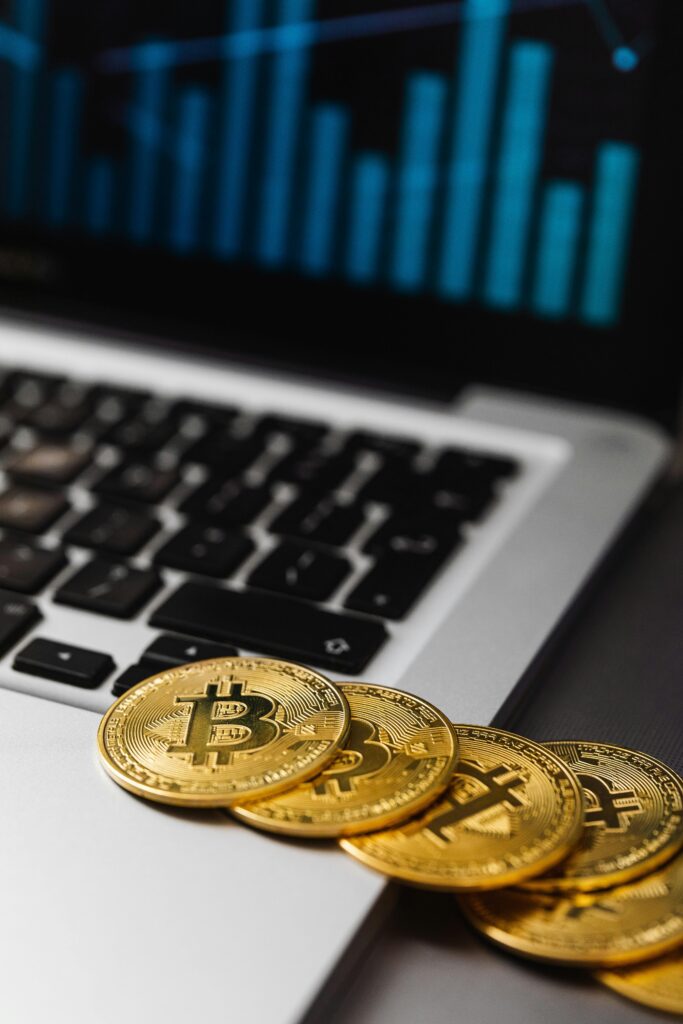Introduction
Blockchain started with Bitcoin in 2009, but today it’s much more than just cryptocurrency. In 2025, blockchain is powering industries like finance, healthcare, supply chains, and even governments. The question is no longer “What is blockchain?” but rather “Where will blockchain take us in the future?”
1. Beyond Cryptocurrency
While Bitcoin and Ethereum remain popular, blockchain is expanding into everyday industries. Companies are using blockchain for:
- Tracking goods in supply chains.
- Managing digital identities.
- Recording medical data securely.

2. Decentralized Finance (DeFi)
DeFi platforms let people borrow, lend, and invest without banks.
- In the future, DeFi could replace traditional banking services.
- Smart contracts will automate financial agreements.
- This opens up finance to millions of unbanked people worldwide.
3. Governments and CBDCs
Many governments are testing Central Bank Digital Currencies (CBDCs) on blockchain.
- CBDCs could make payments faster and more secure.
- Blockchain may bring transparency to elections, tax collection, and land ownership.

4. Web3 and Ownership of Data
Web3, powered by blockchain, is changing how the internet works.
- Users will own their digital identities, assets, and data.
- NFTs could represent not only art, but also contracts, tickets, and property deeds.
- Decentralized apps (dApps) will give users more control.

5. Scalability and Green Solutions
One of blockchain’s biggest challenges has been scalability and energy use.
- New solutions like Proof-of-Stake and Layer 2 scaling are making blockchain faster and eco-friendly.
- In the future, blockchains will handle millions of transactions per second at low cost.
Conclusion
The future of blockchain goes far beyond Bitcoin. From finance and healthcare to governments and the internet itself, blockchain is shaping the foundation of tomorrow’s digital world. In 2025 and beyond, those who understand and adapt to blockchain will be part of the next great technological revolution.